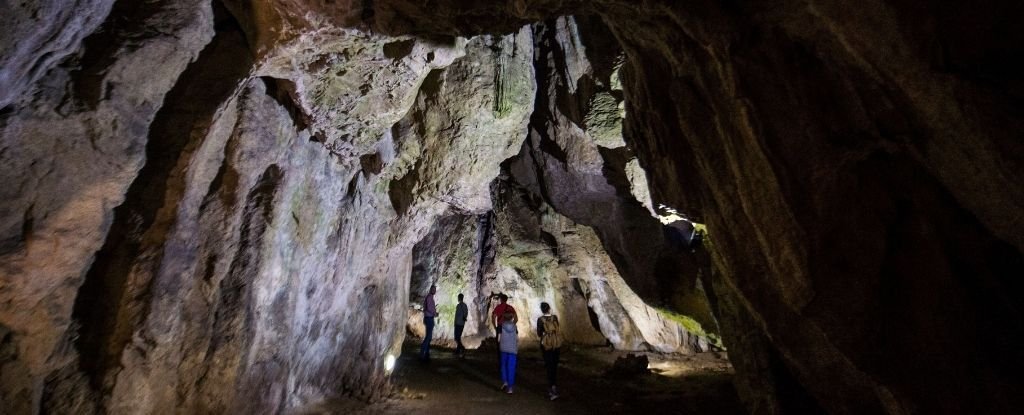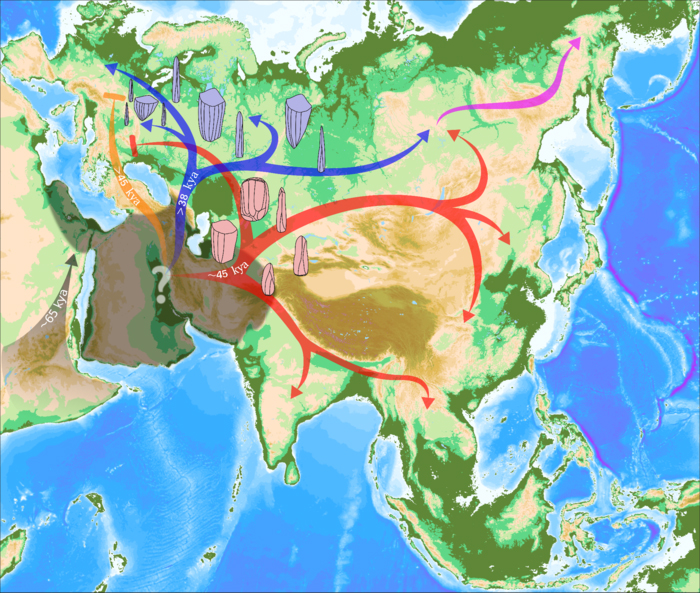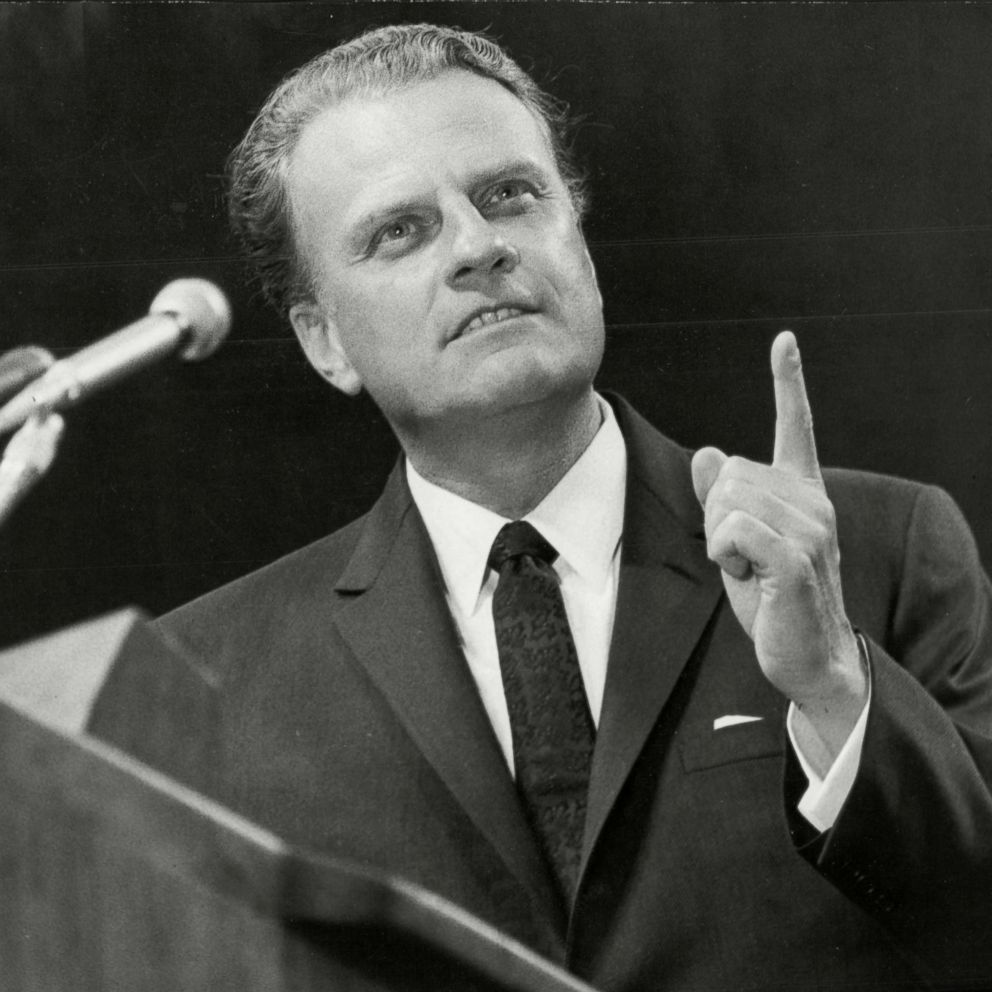
Posted on 04/08/2022 6:59:26 AM PDT by Red Badger

Bacho Kiro Cave. (Nikolay Doychinov/AFP via Getty Images)
Last year, a genetic analysis of bone fragments representing our earliest known presence in Europe raised a few questions over the steps modern humans took to conquer every corner of the modern world.
Whoever the remains belonged to, their family background was more entwined with the East Asian populations of their day than with today's Europeans, hinting at a far more convoluted migration for our species than previously thought.
Now, researchers from the Universities of Padova and Bologna in Italy have proposed what they think might be the simplest explanation for the unexpected kink in the family tree, based on what we can piece together from genetic relationships and subtle shifts in ancient technology around the world.
If we retrace our footsteps from modern times through the Stone Age and beyond, we'll inevitably find a moment when a bunch of Homo sapiens took a pivotal step out of Africa onto what we now think of as Eurasian soil.
Earlier, more distant cousins had ventured out numerous times already, settling for a time before dying out. This time, it would all be different. This migration of modern humans stuck, eventually seeding a cultural revolution that would forever change our planet in just a few short millennia.
While the outcome of this monumental journey is now obvious, the paths taken and countless lost branches can only be pieced together from scant surviving artifacts and a legacy of genetic mingling.
The scattering of human bones and stone implements sifted from the sediment of Bacho Kiro Cave in central Bulgaria is just the kind of evidence archaeologists dream of. Uncovered in 2015, they have since been dated to around 45,000 years, officially making them the oldest Upper Paleolithic hominin bones ever found in Europe.
By taking archaeological records into account, we can tell they had descended from a larger community on a 15,000-year-long hiatus in their travels east. If we knew little else about them, we might conclude this people represent some kind of stepping stone between a future in Asia and a past set in Europe – a central hub on Africa's doorstep from which we expanded and settled ever further abroad.
The genetic evidence preserved in three of those bodies, however, doesn't match up quite so neatly with this simple scenario.
Last year, research led by the Max Planck Institute for Evolutionary Anthropology in Germany concluded the individuals were "more closely related to present-day and ancient populations in East Asia and the Americas than to later west Eurasian populations."
Finding closer familial ties with modern and ancient Asian populations than with modern European people introduces some challenging questions regarding the way this ancient hub of humanity might have branched into the east and west.
What's more, a generous dose of Neanderthal blood had recently been introduced into their family tree, further muddying the waters on how our ancestors might have moved and interacted.
According to the authors of this newest study, one possibility considers the migration of humanity a stutter rather than a surge.
"Then, around 45 thousand years ago, a new expansion emanated from the hub and colonized a wide area spanning from Europe to East Asia and Oceania and is associated with a mode of producing stone tools known as Initial Upper Paleolithic," says University of Padua molecular anthropologist, Leonardo Vallini.

MapOfHumanHubExpansion
(Leonardo Vallini, Giulia Marciani)
Above: An unknown hub in the west, from which humans expanded in waves of migration.
Those who branched into Asia thrived, traces of their bloodlines persisting to this day. But something happened in the west, something which saw a temporary end to the human experiment in Europe.
A second study conducted last year on female remains found in the Czechia provides a clue. While carbon dating is yet to confirm an age for her death, changes in her genes hinted at a date even further back than 45,000 years.
More importantly, the Paleolithic woman's ancestry wasn't closely related to either modern Europeans or Asians. Whatever happened to her and her kin, their story wasn't an enduring one.
"It is curious to note that, around the same time, also the last Neanderthals went extinct," says Giulia Marciani, an archaeologist from the University of Bologna.
It would have taken a fresh wave of human emigration from this central hub some 7,000 years later to repopulate the west and seed lineages that would go on to produce the rich array of cultures we see today.
Just where this temporary hub of humanity might be found and what prompted its populations to set off again and again is a matter for future archaeologists to figure out.
If we've learned nothing else, it's clear we shouldn't make too many assumptions when it comes to the story of how modern humanity made its way around the world.
This research was published in Genome Biology and Evolution.
The time scales of these migrations are staggering. Our most familiar time scale is from the time of Christ, Mesopotamia, the Roman Empire, Egypt — 2,000 to 5,000 years ago.
I wonder how these migrations occurred. Did a tribal leader convene a council and said “It’s time we moved on”? Did they just move a few miles away? A few tens of miles? Did they know they were constantly moving in a particular direction? Was it just animated by the need for a new food supply? Were they nomadic like the North American Indians?

"I see what you did there!"
LOL...one of the DNA tests I’ve taken says I’ve got more Neanderthal genes than 75% of their clients. My family is from Northern Europe and the British Isles (which largely came from Northern Europe).
All human beings descended from Adam and Eve. Not so sure about libtards…
Neanderthals emigrated to America and evolved into Democrats.

I would imagine they were a lot like Baptists.
Every time a Baptist Church gets a new preacher half the congregation doesn’t like him, and so leave and start a new church..............
If you want to know the path humans took, just follow the food.
Still works today. Just think about the last potluck you were at.
LOL...good analogy. It always comes down to 1) can’t find enough to eat, 2) can’t stand the neighbors, or 3) hate the leader and split.
That would put modern humans reaching Australia 15,000 years before they reached Europe - an absurd result.
Small differences in genotype can spell big differences phenotype.
They followed the animals they preyed upon, and responded to pressure from other tribes, not to mention increasing population pressures.
It is not hard to see an average movement of a couple of miles a year.
Periodic Ice Ages forced migration and advanced intelligence - only the smart survive in the cold.
Thanks Red Badger and FrogMom.
Simple. The chiefs eldest son or the strongest warrior became the next chief. Either kowtow or collect your familiar group and move out of range.
“Neanderthals came from Homo Erectus”
I miss Kinky Friedman...
Fascinating stuff. I can’t get too much of it.
I do not appreciate your treatment of my Neanderthal ancestry. There are almost no troglodytes in my family tree.
Stranger In A New Land (Archaeology)

"Image: JOHN GURCHE PORTRAIT OF A PIONEER With a brain half the size of a modern one and a brow reminiscent of Homo habilis, this hominid is one of the most primitive members of our genus on record. Paleoartist John Gurche reconstructed this 1.75-million-year-old explorer from a nearly complete teenage H. erectus skull and associated mandible found in Dmanisi in the Republic of Georgia. The background figures derive from two partial crania recovered at the site. "
Carbon dating not accurate. About as accurate as biden’s economic remedies.
Disclaimer: Opinions posted on Free Republic are those of the individual posters and do not necessarily represent the opinion of Free Republic or its management. All materials posted herein are protected by copyright law and the exemption for fair use of copyrighted works.